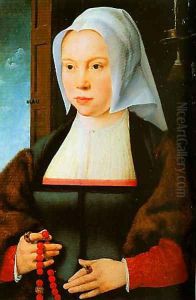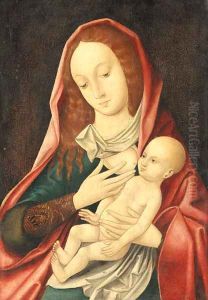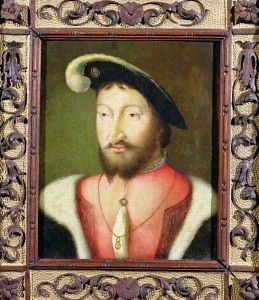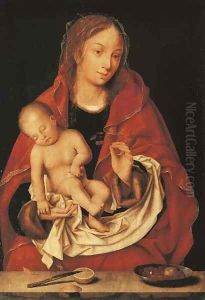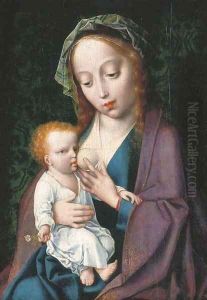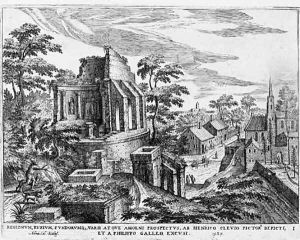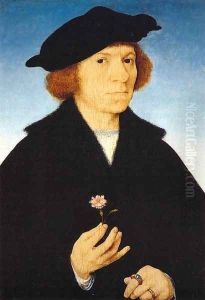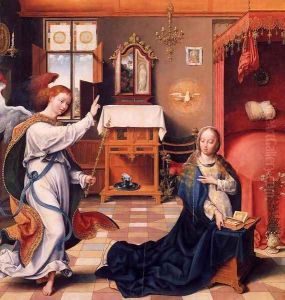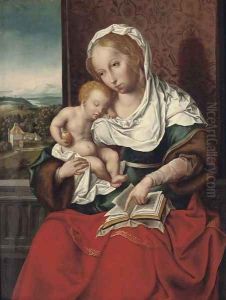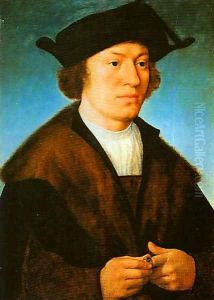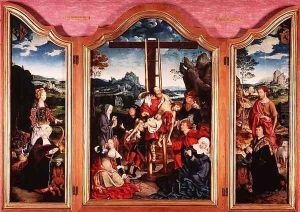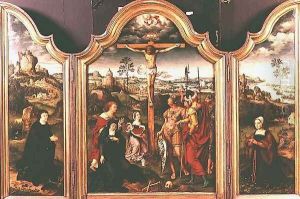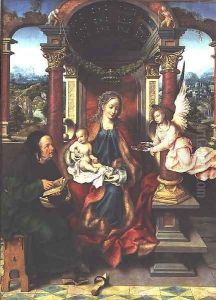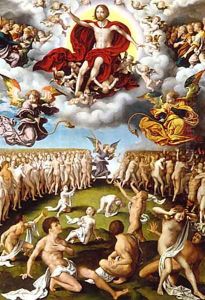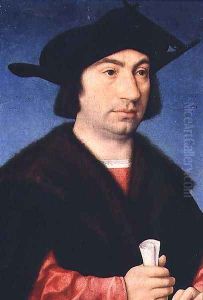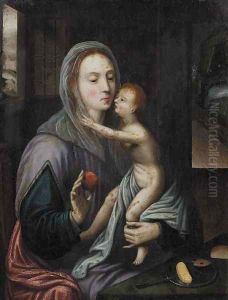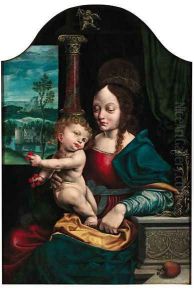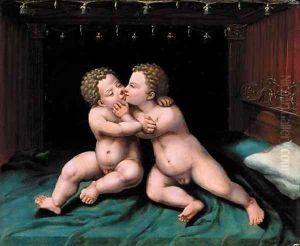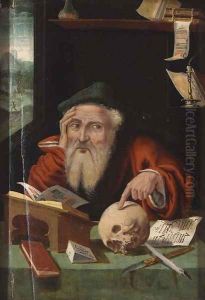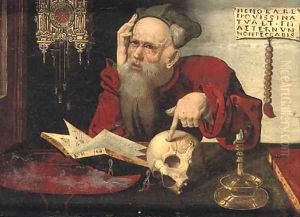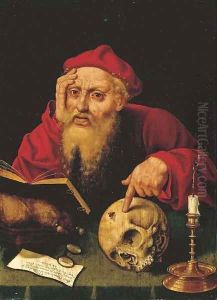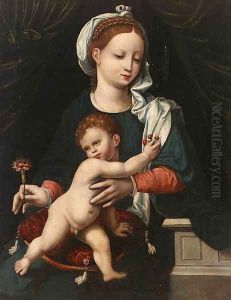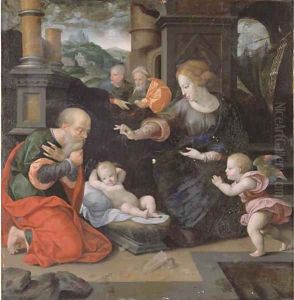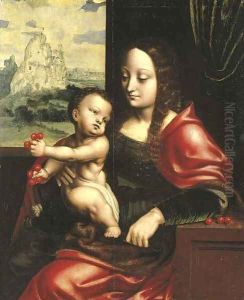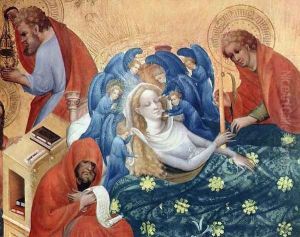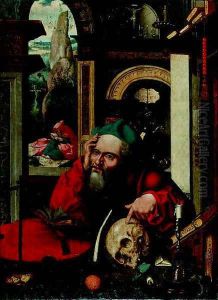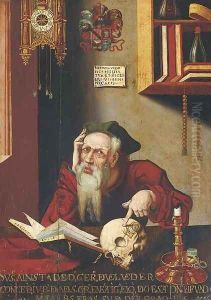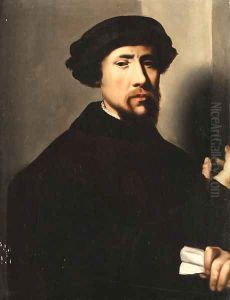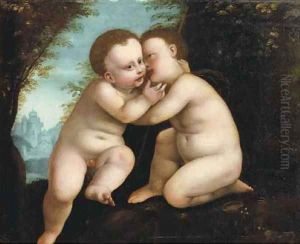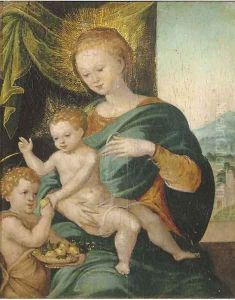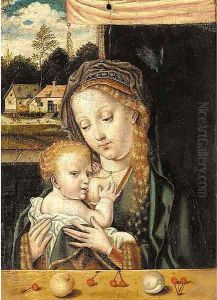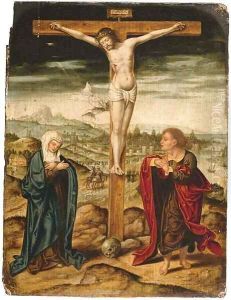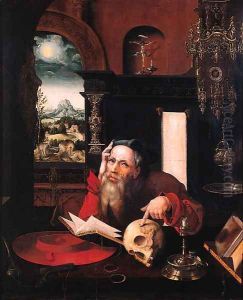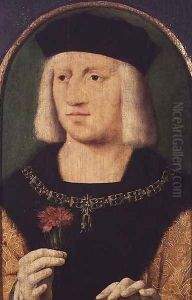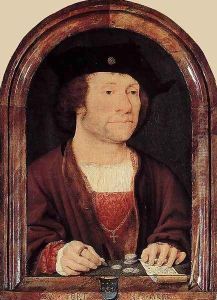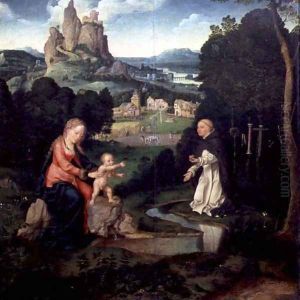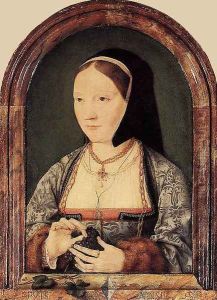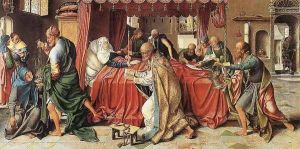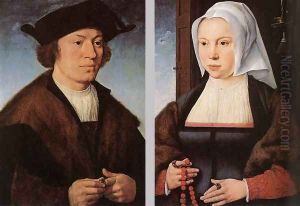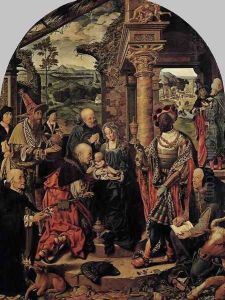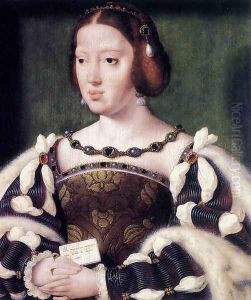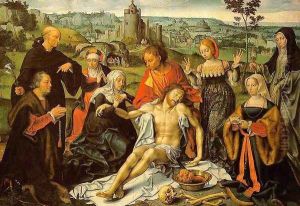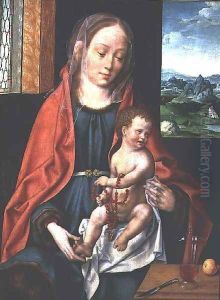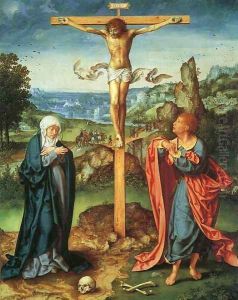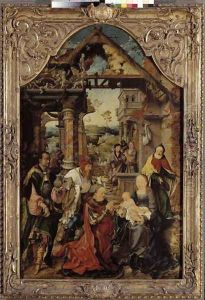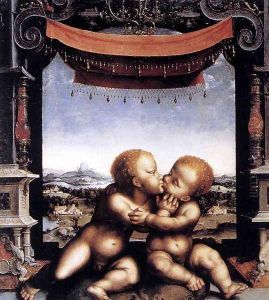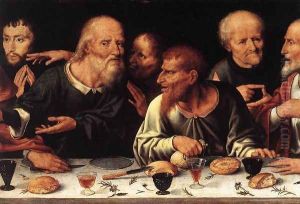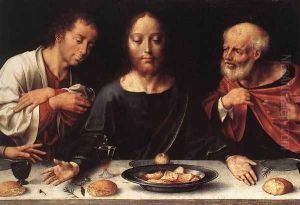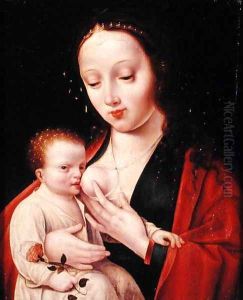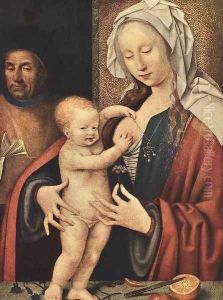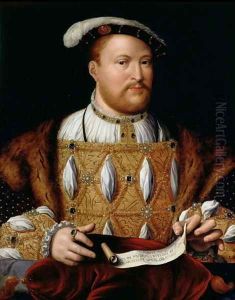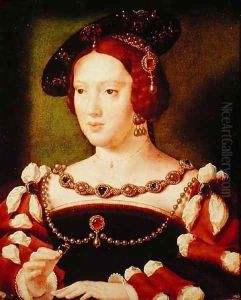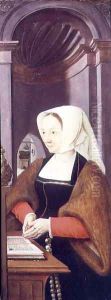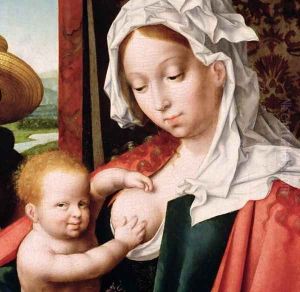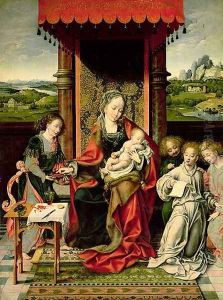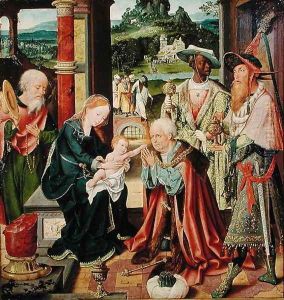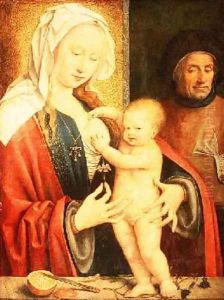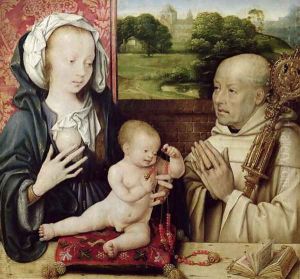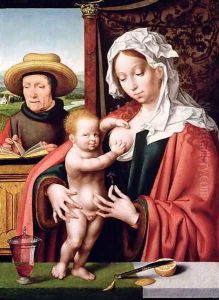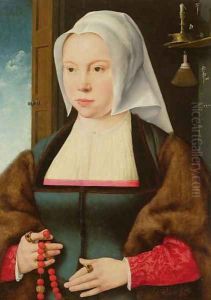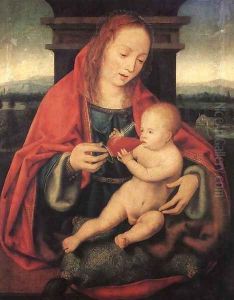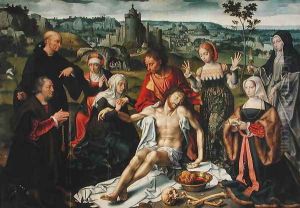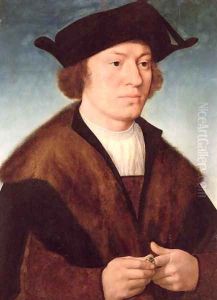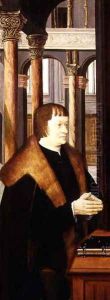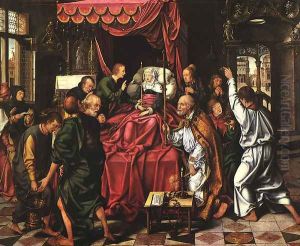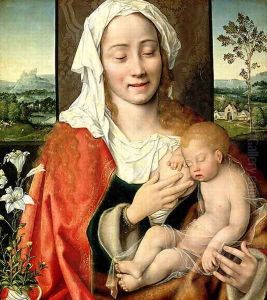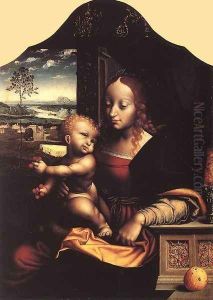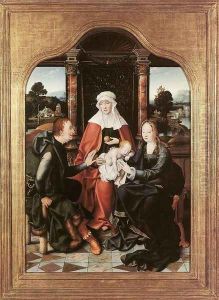Joos Van Cleve Paintings
Joos van Cleve, also known as Joos van der Beke, was a Flemish painter who was active in the early 16th century. He was born around 1485 in Cleves, in the Duchy of Cleves (now in modern-day Germany), which is reflected in his name 'van Cleve'. His exact date of birth is not known, but his earliest known works date back to around 1507, suggesting that he would have completed his artistic training by then.
Joos van Cleve became known for his skill in painting religious subjects, portraits, and altarpieces. He was especially recognized for his ability to blend traditional Flemish painting techniques with influences from the Italian Renaissance, which he may have absorbed through direct contact with Italian works or through other Northern artists who had traveled to Italy.
Throughout his career, Joos van Cleve was active in Antwerp, which was one of the leading artistic centers in Europe at the time. He joined the city's Guild of Saint Luke, the guild for painters, in 1511 and later served as its dean, indicating his significant status within the local art community.
His works were noted for their detailed rendering and the use of vibrant colors. One of his most famous works is the 'Altarpiece of the Lamentation', which showcases his mastery of emotional expression and his sophisticated use of color. He was also one of the first northern painters to depict the Madonna in the 'half-length' format, which became very popular in the region.
Joos van Cleve's portraits are particularly valued for their psychological depth and realism. His sitters were often depicted with a keen attention to detail, from the textures of their clothing to the subtle expressions on their faces. He painted numerous portraits of contemporary figures, including members of the nobility and the bourgeoisie.
The artist's influence extended beyond his lifetime as his workshop continued to produce works in his style after his death. His son, Cornelis van Cleve, was also a painter, although he did not achieve the same level of fame as his father.
Joos van Cleve passed away in Antwerp, and although the exact year of his death is debated, it is most commonly cited as 1540 or 1541. His legacy lives on through his contributions to the Northern Renaissance and the continued admiration for his paintings in collections around the world.
